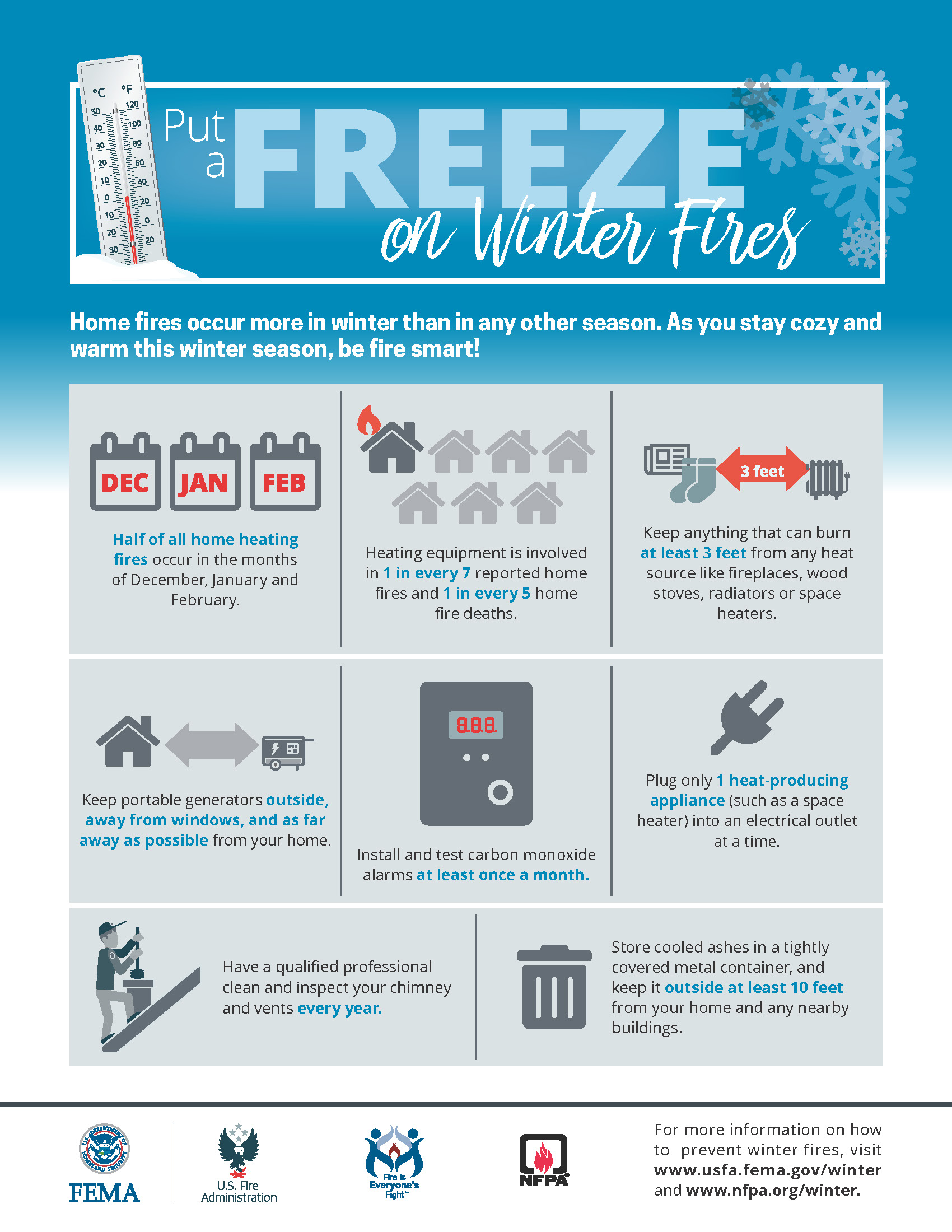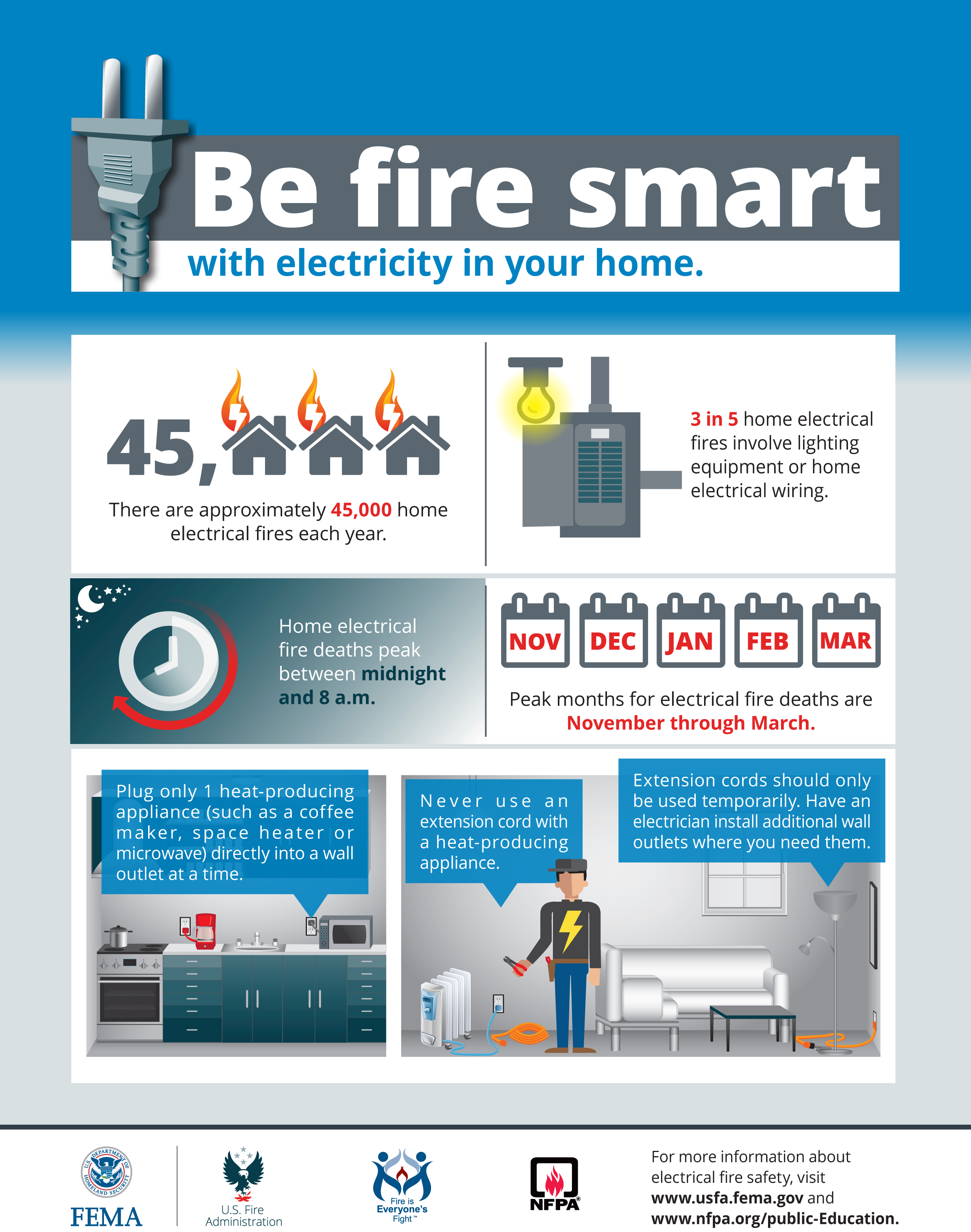
ST. GEORGE — An early morning call to 911 prompted a large response as fire trucks were lined up along 200 East Thursday morning for what turned out to be a water heater that filled a basement with light smoke.
At 7 a.m. firefighters responded to a structure fire reported at an apartment complex on the corner of 300 South and 200 East where the residents noticed smoke in the downstairs basement.
St. George Fire responded with five engines and a ladder truck that lined the block as firefighters entered the basement of the apartment, a response that Battalion Chief Robert Hooper said is typical, but added that call came in right at a shift change, so “everyone came out.”
“We do respond to these types of calls in big numbers because this was a multi-unit dwelling with many homes attached,” he said. “Which equals high risk, high occupancy and a highly hazardous type of situation.”
Fire crews found “light haze or smoke” in the basement area and while no flames were present, they did find a water heater that experienced some type of electrical issue, either an electrical short or something internally that burned or melted.
Once the source was isolated, firefighters cut the power to the unit until the apartment’s maintenance staff could be notified to service the unit, and right away the smoke began to clear from the basement.
There was no damage, smoke inhalation or injuries reported.
Hooper said that most of the time appliances work as designed, but there are times when things can go wrong. One general recommendation, not necessarily specific to Thursday’s fire, that can reduce the risk of having an electrical fire in the home is to catch problems early.
“We just expect things to work,” Hooper said, “until there’s an issue.”
One way to accomplish that is to schedule periodic preventative maintenance for large appliances or equipment to ensure that heaters and other appliances continue to work properly.

He also said there are a higher number of residential structure fires reported during winter, primarily because people typically remain indoors, which increases lighting, heating and appliance use.
“That also puts a higher load on electrical circuits with space heaters, extension cords and so on.”
The National Fire Protection Association says nearly half of all residential structure fires are reported in December, January and February, the peak months for heating fires.
Winter home fires account for 8 percent of fires in the U.S. but are responsible for 30 percent of fire deaths.
Heating equipment is the leading cause of residential structure fires reported nationwide during the colder months.
Each year on average local fire departments respond to more than 52,000 such fires, which account for nearly 500 civilian deaths, more than 1,400 civilian injuries and cause over $1 billion in property damage.
Stationary or portable space heaters are the primary culprit in two out of every five fires but account for more than 85 percent of heating fire deaths. More than half of those were caused by a space heater being placed too close to flammable materials, such as bedding, upholstery or clothing.
The American Red Cross says that more than 90 percent of the 74,000 emergencies the organization responded to last year were fire-related, and the highest number of fires are reported on Saturday and Sunday and peak between the hours of 6-7 p.m.

- Plug only one heat-producing appliance, such as a coffee-maker, microwave or space heater, directly into a wall outlet at a time.
- Never use an extension cord with a heat-producing appliance.
- Extension cords are for temporary use only. Have an electrician install extra wall outlets where needed.
- Invest in hiring a professional to perform an annual furnace and chimney inspection.
- Always place smoke alarms in the kitchen, bedrooms, and the laundry room.
- Always cover the fireplace with a screen.
- Check to make sure the space heater has an automatic shut-off switch, which forces the heater to shut off as soon as it reaches a dangerously high heat level and avoid placing heaters near curtains, tablecloths or other flapping fabrics.
Email: [email protected]
Twitter: @STGnews
Copyright St. George News, SaintGeorgeUtah.com LLC, 2019, all rights reserved.